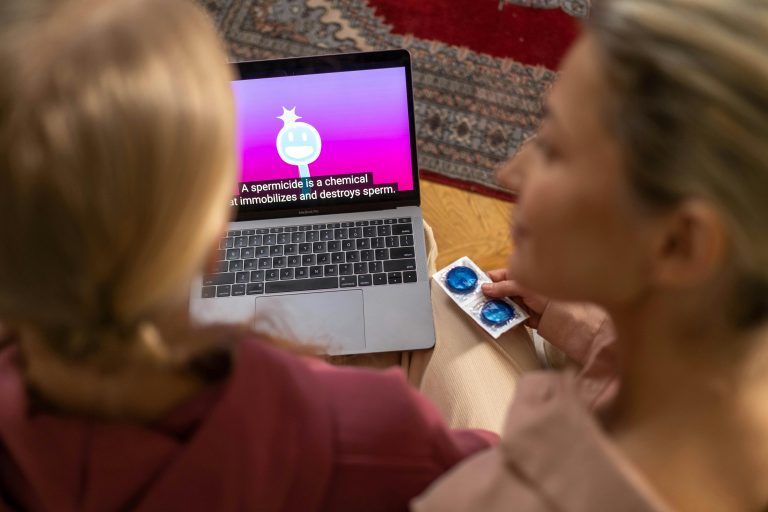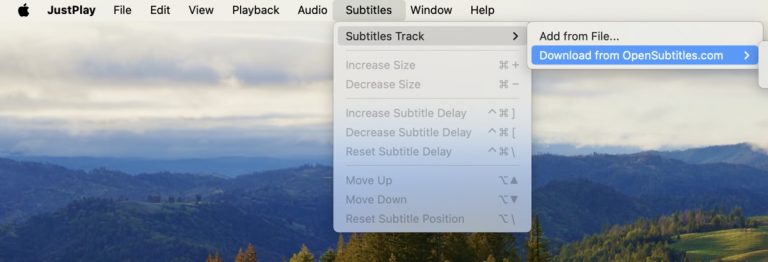For more than two decades, subtitling work relied on subtitle files – referred to as one of the best innovations in the subtitling market at the turn of the new century. However, the provision of automatic speech recognition (ASR) and machine translation (MT) by Apptek has changed the subtitling workflow. These new technologies are making subtitling work easier across various industries including sports broadcasting, which can be crucial in checking out teams to wager on at Odds Shark and when watching games.
Currently, the two great innovations are making a significant impact on the subtitling market, changing how the workflows are run. In the past, subtitling work consisted of two steps – transcription and translation. The transcription step involves creating a template using the original audio language. For instance, if English is the original audio language, then this will only need a time-coded transcription of this dialogue. However, if the audio is available in other languages, the typical approach would be to transcribe the audio in that language and translate it into an English file.
The English templates are then translated into other languages as required by the existing project, considering space and reading parameters. However, the recent advertisements in MT and ASR have transformed these time-consuming transcription and translation processes into more efficient post-editing tasks.
The training of the ASR and MT engine on subtitling data ensures better and more standard subtitles, which is the primary duty of AppTek. According to Dr. Volker Steinbiss (AppTek’s managing director), the AI engines have been trained in subtitling data from the vast libraries of the transcribed and translated media files together with other language data. The manager said that AppTek is one of the few tech markets providing ASR and MT built on the company platform. The two have also been approved by one of the world-leading language providers for the media vertical.
As more companies adopt the customizable ASR and MT tech in their workflows, the privacy of their clients’ data will remain a major concern. When asked how the AI systems are protected to maintain security when training with existing video content, AppTek CTO Steve Cook revealed they’ve launched secure on-premise environments. Steve further added the company offers the ability for end-users to customize the models using their media libraries. These media libraries remain protected on their site and keep the models private to them.
Commercial Impact of ASR on Subtitling Market
According to research, ASR results in subtitling productivity gains, and the available ASR tools are secure and cost-effective. According to Mara Campbell (ATA-certified linguist and founder of Latin American subtitle provider True Subtitles), even the poor-performing tool saves time. The writing included the robust security and the competitive pricing of ASR tools available in the market. A lot has taken place in terms of advancement since her report in 2019.
The partnering of AppTek with superagency TransPerfect proves the commercial impact of ASR. Super Agency Transperfect is ranked in the first position on the Translator 2021 LSPI. Recently TransPerfect used AppTek technology to accelerate subtitling workflows by creating first-pass subtitle files to work from, either from direct audio or provided script.
Specialization of Machine Translation for Subtitles
Back in 2019, at the world’s biggest conference on machine translation, WMT, the sharing of research on customizing MT for subtitling highlighted two new development;
- Intelligent line segmentation (ILS) – This AppTek tool is based on what researchers describe as a cutting-edge subtitle segmentation algorithm that can predict the end of a subtitle line based on the previous word-level context. The tool uses a reluctant neural network adopted from human segmentations to do that.
- Subtitle Edit Rate – This metric can accurately capture the edit distance in a post-edited subtitle file, including line break errors. That’s something that previous metrics couldn’t account for.
Already the system has resulted in productivity gains of up to 37% compared to the previous methods.
Experts Test Drive AppTek’s MT for Subtitles
Damian Santilli – subtitler and a technical translator – ran part of the famous telenovela ted y la Vida to assess the specialization of AppTek in translating subtitles from American Spanish to English). Santilli’s assessment showed that AppTek’s performance was better compared to google. The test was based on four evaluation factors: segmentation, translation of names and places, formal/informal treatment, and miscellaneous cases. Based on these factors, AppTek did a better job.
In a publication by Stavroula Sokoli, media localization specialist, in the deep focus newsletter in June 2021, tabled the results of a test using Christmas wedding planner, TV rom com where AppTek’s MT had been deployed. Sokoli said that he could apply at least a third of the proposed MT subtitles without any modification. Most of them were simple negotiations, greetings, or affirmations. Sokoli was able to use more than a third of the translations without much editing.
ASR and MT AppTek’s specialized subtitling technology are now being used together in the video localization and the media industries, both commercially available and proprietary. As pointed out in the Sokoli article, the subtitle editor will make a significant difference whereby the translator will benefit from the abilities of MT integrated into the tools.











Start the discussion at forum.opensubtitles.com